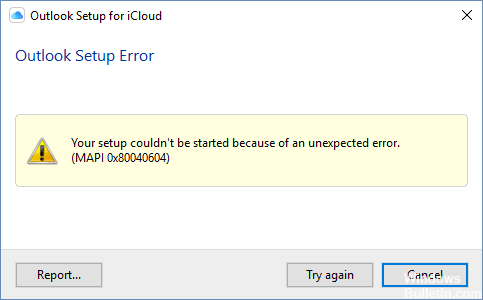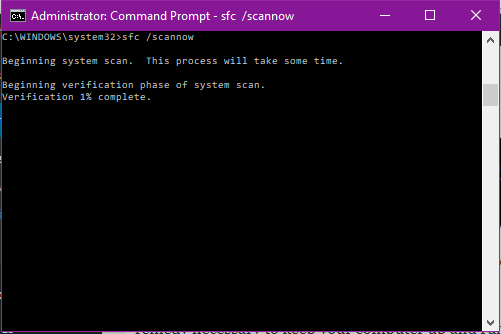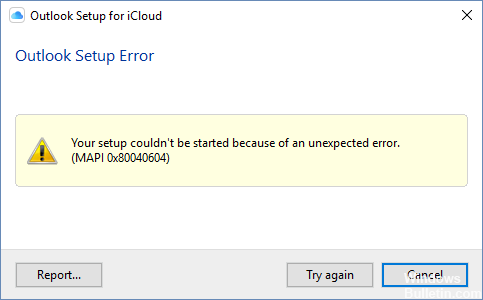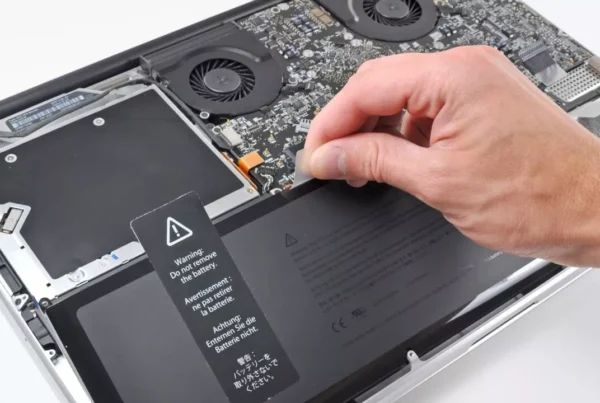RECOMMENDED: Click here to fix Windows errors and get the most out of your system performance
Microsoft Outlook users have an issue: iCloud sync fails after installing security updates on June 13, 2017. Here are some details and fixes.

Regardless of the version of Outlook, accessing iCloud contacts or calendar appointments is no longer feasible. Outlook displays the following error dialog.
Cannot open the folder group. MAPI could not load the information service C: PROGRA ~ 2 COMMON ~ 1 Apple Internet Services APLZOD.dll. Make sure the service is installed and configured correctly.
How to fix Microsoft Outlook iCloud sync problem error 0X80040604:

Uninstall multiple versions of Office
The first and most common reason iCloud installation could not start is that you have installed multiple versions of Office on your computer. To fix the problem, you need to uninstall all the versions and reinstall only the latest version.
First, run the Programs and Features program to uninstall the apps. (Click on the Start menu, type "Programs and Features" and click Have Access.)
Browse the list of apps and uninstall any Outlook apps you find (right-click > Uninstall).
Once this is done, download the latest version of Outlook and install it on your computer. Alternatively, you can get the version you used before, but make sure you install the latest updates for it.
Now try to sync with iCloud again.
Restore iCloud data file
In Outlook, choose File > Account Settings > Account Settings > Account Settings > Account Settings.
Select the data file > iCloud > Erase tab.
Close Outlook
Open the iCloud app (select Windows > Control Panel > iCloud).
Select Set up iCloud contacts, calendar, and tasks in Outlook.
Once the installation is complete, open Outlook.
You may be prompted to enter your iCloud password, depending on whether or not you have already registered it.

If the problem persists, you can run the System File Checker (SFC) utility. This convenient built-in tool checks your file system.
- Click Start and start typing “cmd” on your keyboard.
- Cmd should appear with a black icon in the search results.
- Right click on it and select Run as administrator.
- When prompted to access the administrator password, enter the password and click OK.
- A new absolutely black window opens. You can access commands directly in this window.
- Enter sfc /scannow and hit Enter.
- This procedure will take a long time. You can decrease and modify these black windows.
https://discussions.apple.com/thread/7967793
RECOMMENDED: Click here to fix Windows errors and get the most out of your system performance






